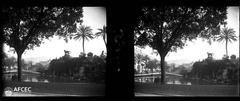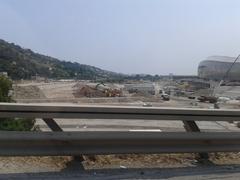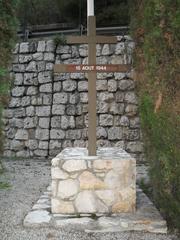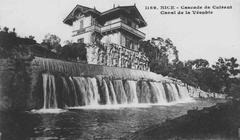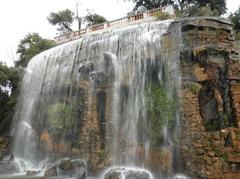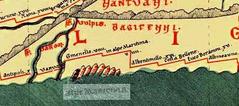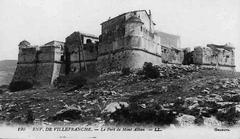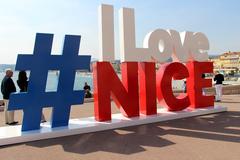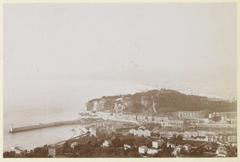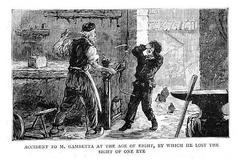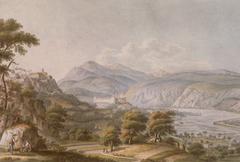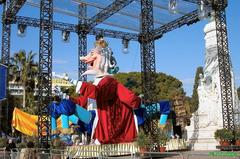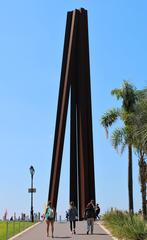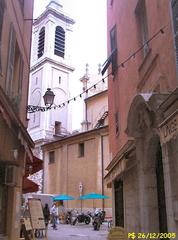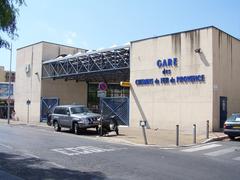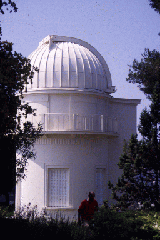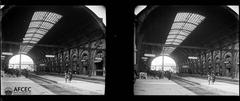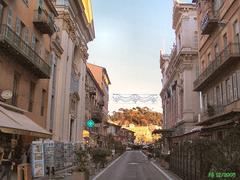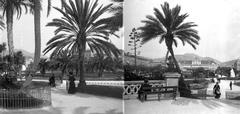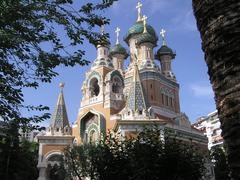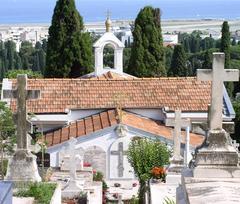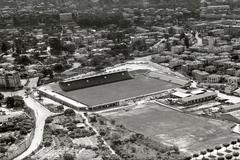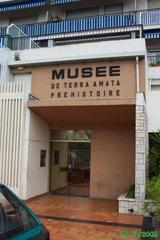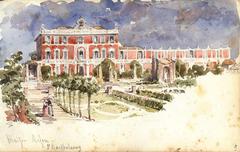Visiting the Prieuré du Vieux-Logis Museum: Nice, France
Date: 14/06/2025
Introduction
Nestled atop Saint-Barthélémy hill in the Saint-Sylvestre district of Nice, the Prieuré du Vieux-Logis Museum is a captivating portal to the city’s medieval and Renaissance past. Unlike larger urban museums, this intimate institution immerses visitors in the authentic atmosphere of a 15th-century priory, blending religious heritage, art, and Provençal culture. Guided tours by appointment only ensure a personalized experience, revealing treasures of daily life, spirituality, and craftsmanship that shaped the region (Wikipedia, France Bleu, SeeNice.com, Nice Tourism).
This comprehensive guide provides historical context, architectural highlights, practical visitor information, accessibility tips, and travel advice—making it essential reading for culture seekers, art lovers, and history enthusiasts planning a visit.
Table of Contents
- Introduction
- Origins and Early History
- Transformation into a Priory and Museum
- Architectural and Artistic Highlights
- Cultural and Historical Significance
- The Garden and Community Engagement
- Visiting Information: Hours, Tickets, and Accessibility
- Travel Tips and Nearby Attractions
- Visuals and Media
- Frequently Asked Questions (FAQ)
- Conclusion
- References and Further Reading
Origins and Early History
The Prieuré du Vieux-Logis occupies a site with a rich, layered past. Originally a mill until the 19th century and later a farm, the property’s evolution mirrors the shifting economic and social landscape of rural Nice (Wikipedia). In 1918, Dominican Reverend Father Alfred Lemerre purchased and restored the building, infusing it with his vision of a 15th-century priory. Its distinctive ochre-red façade and period-inspired renovations earned it the name “Vieux-Logis” (Old Lodge) (France Bleu).
Transformation into a Priory and Museum
By the early 1920s, Father Lemerre had recreated a monastic environment evocative of late medieval life. The interiors were curated with original furnishings, art, religious objects, and everyday items from the 14th to 17th centuries (SeeNice.com). In 1937, he donated the collection and building to the city, and the museum opened to the public in 1939, preserving this rare cultural legacy for generations (Wikipedia).
Architectural and Artistic Highlights
Spanning thirteen rooms, the museum is a meticulously staged tableau of medieval and Renaissance domestic and spiritual life. Notable features include:
- Gothic Chamber and Renaissance Bedrooms: Furnished with period beds, armoires, and religious art.
- Authentic Kitchen: Outfitted with antique utensils and cookware.
- Chapel, Oratory, and Sacristy: Showcasing liturgical objects and devotional art.
- Artisan Craftsmanship: Carved woodwork, stained glass, and original paintings illustrate the artistry of the era (SeeNice.com, Nice Tourism).
Every room is designed to evoke the sensory and educational journey intended by Father Lemerre, connecting visitors directly with the rhythms of historical daily life.
Cultural and Historical Significance
The Prieuré du Vieux-Logis is unique among Nice’s museums for presenting its collection in situ, allowing visitors to appreciate how religious art, domestic objects, and architecture were intimately woven into monastic and local life. The museum stands as a guardian of Provençal identity, safeguarding traditions, rituals, and regional craftsmanship (Nice Tourism, Provence-Alpes-Côte d’Azur Official Site).
The Garden and Community Engagement
Surrounding the priory, a traditional Niçoise garden offers a tranquil, green retreat and a living classroom for environmental education. Managed by a local association, the garden hosts community gardening, school workshops, and sustainability activities, deepening the museum’s social and ecological impact (Wikipedia).
Visiting Information: Hours, Tickets, and Accessibility
Visiting Hours:
- The museum is open by appointment only to protect its delicate interiors and ensure quality guided tours (WhichMuseum).
- Appointments are arranged through Musée Masséna (official website).
Tickets:
- Adult admission: €10
- Group rates: From €82 (for ~10 adults)
- Children: Free
- Nice residents with a Museum Pass: Free (proof of residence required)
- French Riviera Pass holders: Free access (Explore Nice Côte d’Azur)
Guided Tours:
- All visits are guided and must be reserved in advance. Tours last about 1–1.5 hours and provide in-depth historical context (Petit Futé).
- Tours are usually in French; English-speaking guides may be available upon request.
Accessibility:
- Due to historic architecture, accessibility is limited. Contact the museum in advance to discuss needs (WhichMuseum).
- No on-site shop or café; facilities are basic.
Travel Tips and Nearby Attractions
- Booking: Advance reservation is essential—no walk-ins accepted.
- Transportation: Located at 59 Avenue de Saint-Barthélémy, accessible by bus and tram; parking is limited.
- Nearby Sites: Combine your visit with the Musée Masséna, Musée Matisse, and the Roman ruins of Cimiez.
- Photography: Ask your guide about photography policies before your tour.
- Language: Request an English-speaking guide if needed.
Visuals and Media
The museum’s official web presence and cultural tourism platforms offer high-quality images, virtual tours, and maps for pre-visit exploration. Use search terms like “Prieuré du Vieux-Logis museum interior” and “Nice historical sites” for optimized media content (SeeNice.com, WhichMuseum).
Frequently Asked Questions (FAQ)
Q: What are the visiting hours at the Prieuré du Vieux-Logis?
A: Visits are by appointment only; book in advance through Musée Masséna.
Q: How much are tickets?
A: €10 for adults; free for children; group rates and resident discounts available.
Q: Is the museum accessible for people with disabilities?
A: Accessibility is limited; contact the museum to discuss specific needs.
Q: Are guided tours available?
A: Yes, all visits include mandatory guided tours, typically in French.
Q: Can I take photographs?
A: Ask your guide at the start of the tour for current photography policies.
Q: Is there a shop or café?
A: No, but nearby neighborhoods offer dining and shopping options.
Conclusion
Visiting the Prieuré du Vieux-Logis is an immersive journey through Nice’s religious, artistic, and communal history. With its rare collection, authentic interiors, and serene garden, the museum offers a singular experience for anyone seeking to understand the city’s medieval roots and Provençal spirit. Plan ahead, book your guided tour, and enrich your cultural itinerary with this hidden gem of Nice.
For the latest updates, practical tips, and guided audio tours, download the Audiala app and follow the museum’s online channels. Explore more about Nice’s historic sites and Provençal heritage with our related resources below.
Internal Links
External Sources
- Prieuré du Vieux-Logis on Wikipedia
- SeeNice.com - Prieuré du Vieux-Logis
- Nice Tourism - Prieuré du Vieux-Logis
- France Bleu article
- Provence-Alpes-Côte d’Azur Official Site
- WhichMuseum
- Petit Futé Guide
- Explore Nice Côte d’Azur
- France 3 Régions
